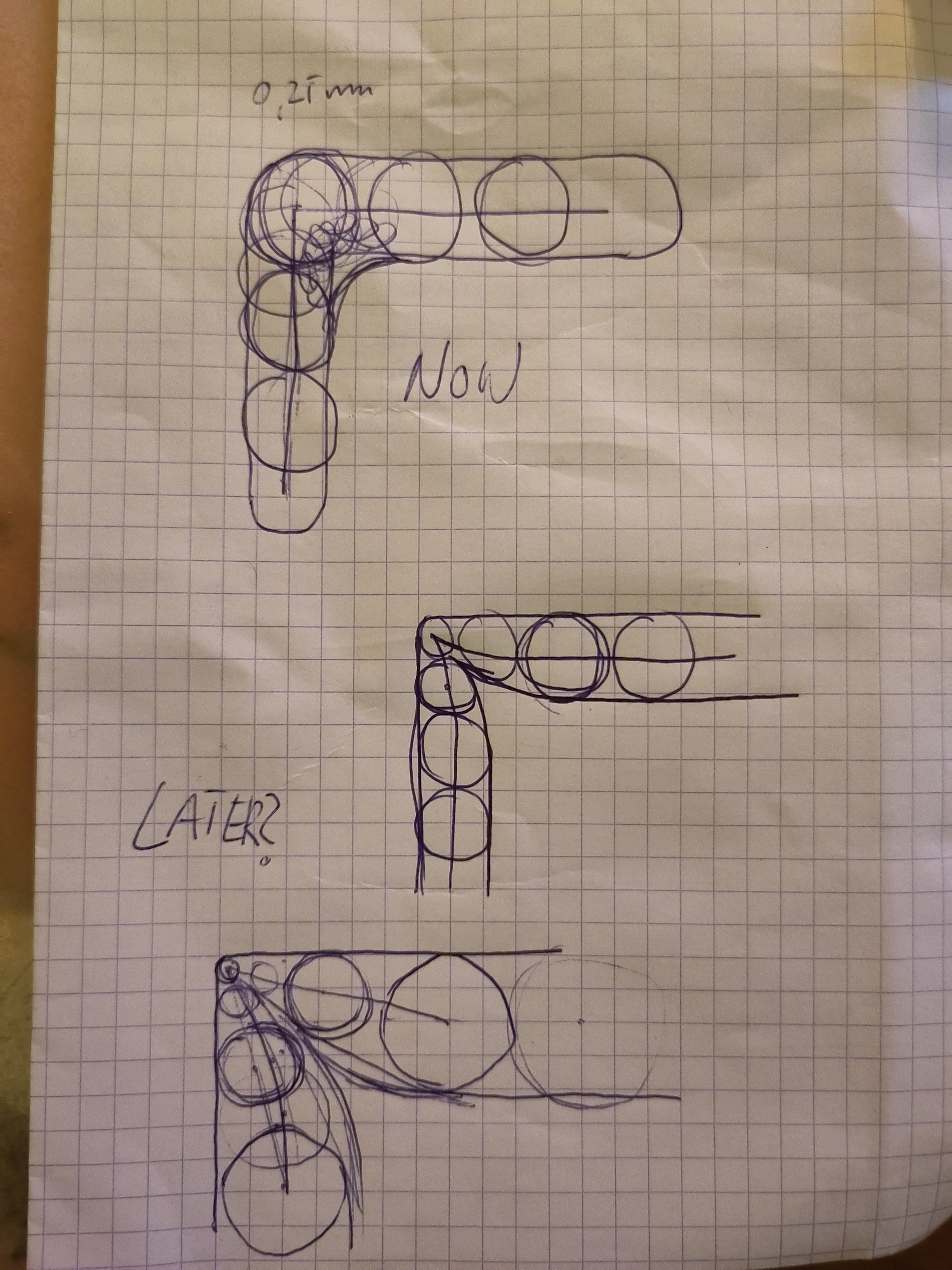3DPrinting
3DPrinting is a place where makers of all skill levels and walks of life can learn about and discuss 3D printing and development of 3D printed parts and devices.
The r/functionalprint community is now located at: or [email protected]
There are CAD communities available at: [email protected] or [email protected]
Rules
-
No bigotry - including racism, sexism, ableism, homophobia, transphobia, or xenophobia. Code of Conduct.
-
Be respectful, especially when disagreeing. Everyone should feel welcome here.
-
No porn (NSFW prints are acceptable but must be marked NSFW)
-
No Ads / Spamming / Guerrilla Marketing
-
Do not create links to reddit
-
If you see an issue please flag it
-
No guns
-
No injury gore posts
If you need an easy way to host pictures, https://catbox.moe may be an option. Be ethical about what you post and donate if you are able or use this a lot. It is just an individual hosting content, not a company. The image embedding syntax for Lemmy is 
Moderation policy: Light, mostly invisible
view the rest of the comments

So you would need different later heights around the edges just to stack those ever thinner lines? How do you think this will interact with the rest of the print?
This shows what happens with two different extrusion rates at the same layer height.
That's a really lovely illustration
I would keep the layer height constant.
The lines are not circular. You can have narrow lines and wide lines with the same height. The height is controlled by the space between the nozzle and layer below. The width is controlled by the amount of material you extrude.
I get that but your original sketch seemed to be showing smaller and smaller radiuses shaping the edge, which necessarily implies thinner and thinner layers. Now I fail to see what's different from what sliders currently do.